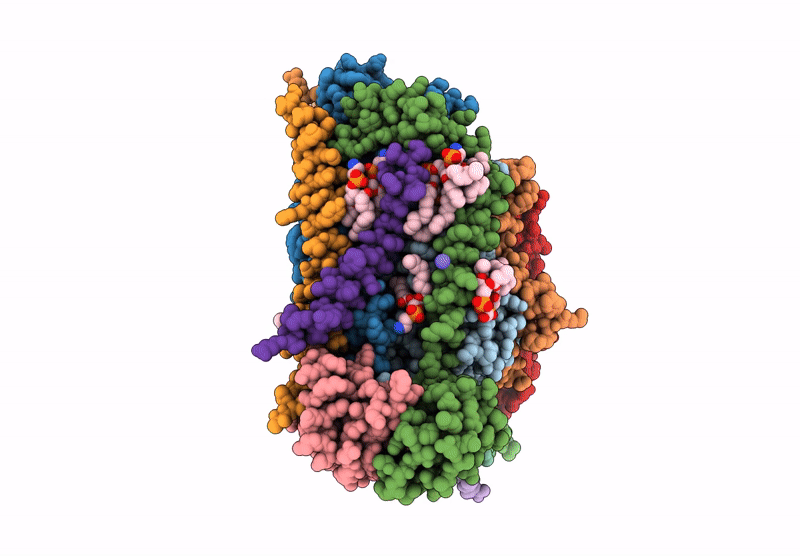
Deposition Date
2020-04-10
Release Date
2020-09-09
Last Version Date
2024-10-23
Entry Detail
Biological Source:
Source Organism:
Method Details:
Experimental Method:
Resolution:
3.41 Å
Aggregation State:
PARTICLE
Reconstruction Method:
SINGLE PARTICLE


